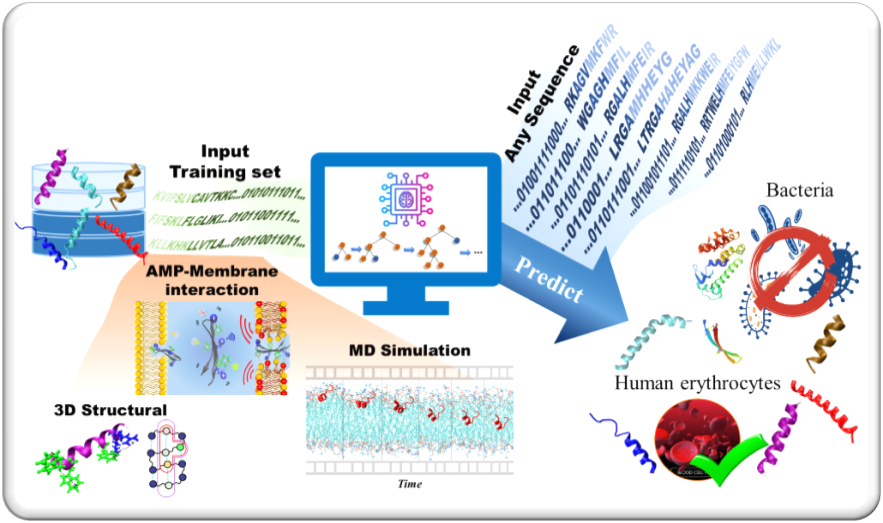





In a historical dialogue, Chuang Tzu and Hui Tzu engaged in a conversation on a bridge spanning the Liang River approximately 2000 years ago:
Chuang Tzu said: “Look at leisurely movements of the fish and deemed it as their state of happiness!”
Hui Tzu said: “You are not a fish, you couldn't possibly comprehend the fish's happiness.”
Chuang Tzu said: “Given our distinct identities, so how can you know that I do not know the happiness of the fish?”
Although fish happiness in bacteria-rich water is uncertain, a correlation exists between their happiness and health. A happy fish must be capable of defending against various bacterial attacks, facilitated by antimicrobial peptides (AMP) found in their skin. Bacterial infection (such as Staphylococcus aureus, Pseudomonas aeruginosa, or Streptococcus pneumoniae) can cause sepsis, spreading throughout the body and triggering a systemic inflammatory response, potentially leading to organ dysfunction and septic shock if untreated.

Pharmaceutical companies have historically shown less interest in developing new antibiotics compared to other types of drugs due to financial considerations and development challenges. The declining of antibiotic development has led to the emergence of AMPs as potential next-generation antibacterial compounds. However, designing and optimizing AMPs is challenging due to the dynamic structure-function relationships involved in targeting fluid membranes. AMPs are expected to be engineered with enhanced potency and diverse functions, offering new biomedical applications in treating emerging infectious diseases. Computational tools are crucial to reduce costs and time for peptide design and optimization, enabling efficient experimentation and functional sequence identification.

• Choose a bacterial strain for prediction in the "Select a specific bacterial strain to predict" section.
• Choose a machine learning model.
• Upload a candidate AMP pdb file.
• Click the "Submit" button.
• Wait for the calculation to finish.
* The peptide length should not exceed 30 to ensure accuracy.
• The peptide should consist only of standard amino acids.
• The pdb file name should not over 26 alphabets.
• If you have a peptide sequence but do not have the pdb file, we recommend prediciting one using AlphaFold2.• Choose a cytotoxicity for prediction in the "Select a Cytotoxicity to predict" section.
• Choose a machine learning model.
• Upload a candidate AMP pdb file.
• Click the "Submit" button.
• Wait for the calculation to finish.
* The peptide length should not exceed 30 to ensure accuracy.
• The peptide should consist only of standard amino acids.
• The pdb file name should not over 26 alphabets.
• If you have a peptide sequence but do not have the pdb file, we recommend prediciting one using AlphaFold2.